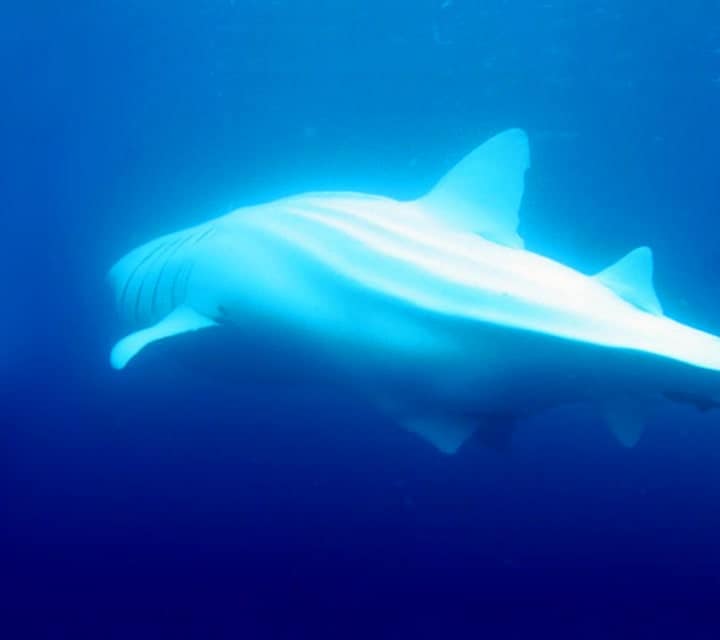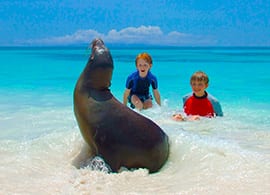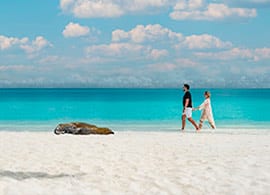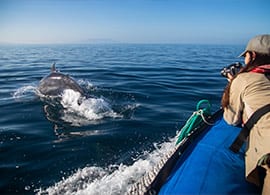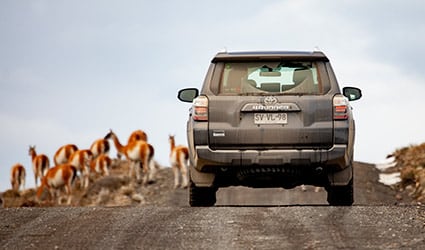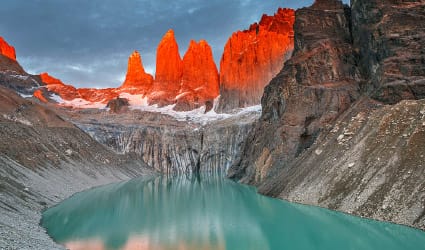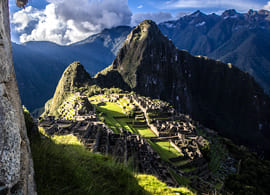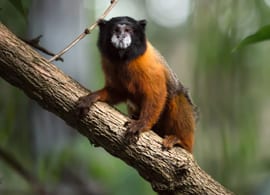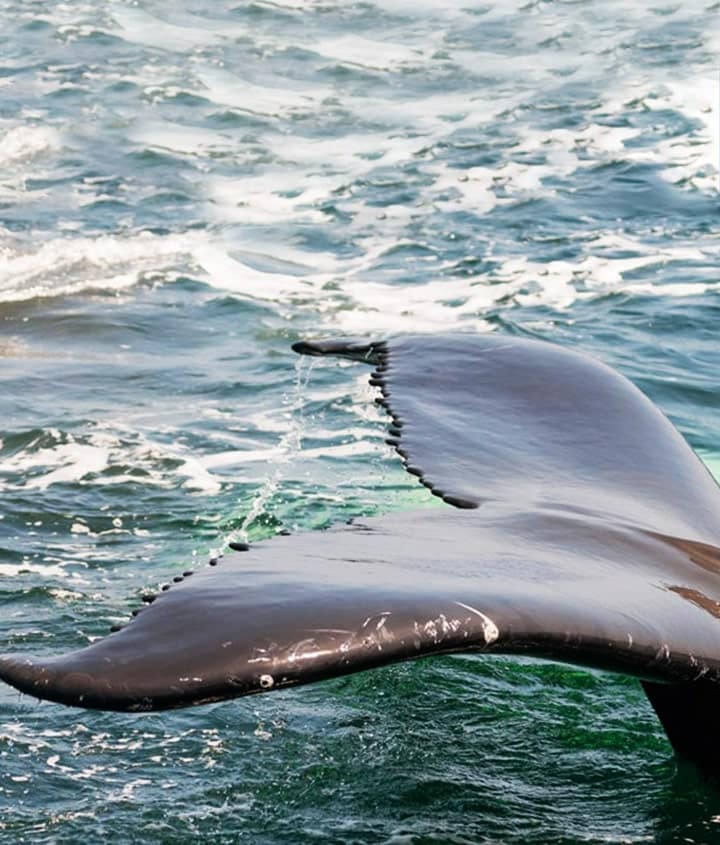
On August 25, 2007, a dive master in the Galapagos Islands photographed a snow-white albino whale shark at Darwin’s Arch. Found right off the coast of Darwin Island, the northern-most island of the Galapagos, Darwin’s Arch is undoubtedly Galapagos’ most respected dive site. Huge schools of scalloped hammerhead sharks gather here year-round, and between the months of June – December, whale sharks arrive from other pacific waters.
Divers were stunned at the sight of this 33ft beast as it glided into the blue. One described the shark as “sticking out like a neon lollipop”. This was the first ever record of an albino specimen of this fish and since then, there has only been one additional sighting of an albino whale shark off the coast of Australia. Scientists believe it is very possible that it is the same female that was sighted both times.

Whale sharks are the largest of the sharks and the biggest fish on earth. Although its name might suggest differently, this animal is NOT a whale. But like whales, it has has a very large mouth, which can be up to 4 feet (1.4 m) wide. It uses its mouth to sieve plankton, bait fish, tuna, squid and pelagic crustaceans from the water.
Little is known about the breeding habits of whale sharks, but the Galapagos Islands are thought to be a breeding ground for these fish. A lot of large females are spotted on the Galapagos marine reserve, mainly on Darwin Island.
